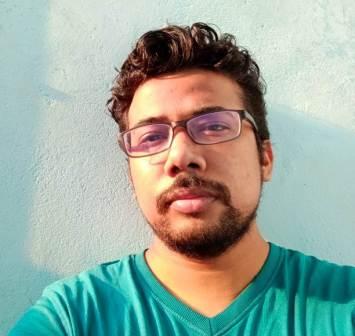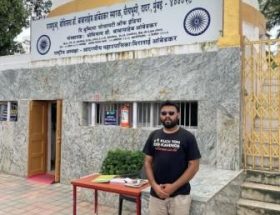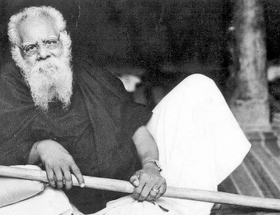Sangharsh Telang
The higher education institutions have invisibilised the story of Dalit experiences. The Dalit curriculum remains unwelcome in higher learning and teaching institutions. The present policy debate pertaining to education in India indicates that Dalit pedagogy is antithetical to the overall national development and poses a threat to the ‘high order thinking’. The new model of an educational framework does not address the complex relationships between teachers and historically disadvantaged students. Nor does it provide an opening up of Dalit pedagogical practices across disciplines.
A new generation of Dalit scholarship has raised questions about the conception of liberal education, multidisciplinary university, and the spirit of universalism espoused in the new education policy (NEP). Another important question raised by the new generation of students from lower castes is about the homogeneity of the classroom. Both males and females from lower castes and classes are entering college and university for the first time and are considered ‘peripheralised’ students because of a lack of ‘meritorious’ skills. However, the new education model has not taken any cognizance of deep-seated prejudice against Dalit students and teachers that operate informally and formally on campus. This has opened a debate about the oppressive and exclusionary institutions that still exist within the educational boards and university decision bodies.
NEP fosters a flawed understanding of the Indian tradition of liberal education. First of all, the Indian framework of educational practice enhanced the status of Brahminical knowledge over and above all other knowledge. The spirit of caste and untouchability was central to the ancient pedagogical practice in India. In contemporary India, caste still serves as a powerful mechanism to produce contempt, hatred, and humiliation. In the universities and colleges, students are not only categorized based on English or vernacular medium but also reduced to their caste identity. However, NEP does not discuss the contradictory identities of students, teachers, and other critical actors in the social relations of teaching and learning.
Moreover, a new model of curriculum and pedagogy offers an ‘integration of knowledge’ in a higher education institution. But the fundamental question is: is there any space for Dalit studies within the multidisciplinary model? If we look critically, the science department has always taken a position against caste, class, and gender studies. For example, the science community never made ‘experience of caste’ the object of inquiry in post-independence academia. In fact, the discourse between science and social identity is often reduced to worthless. The humanities and social sciences departments were started in engineering institutions like the Indian Institute of Technology (IIT), but even now a neat division between science and humanities exists over there.
Furthermore, humanities in technical institutions do not concretely research on untouchability, caste, Dalit literature, or movement. There is a hierarchy of research in these institutions. Therefore, the institutional possibilities of conducting Dalit studies have always been held in contempt.
The new education model presents not only an unfair attitude towards Dalits, but also presents a perilous path. In the Indian context, Dalits are accommodated formally in the institutions of higher learning, yet simultaneously stigmatized and ghettoized in their research work. In the making of a new institutional architecture for higher education, the ‘Dalit question’ is fundamental to understanding how caste structures came to be, what gave such structures legitimacy, and how these structures were maintained and have remained in place for years.
The education system in Independent India has always maintained a binary between nationalist knowledge as a universalist claim and Dalit discourse as a threat to the unity and integrity of the nation. The acknowledgment of Hindu cultural unity is yet another aspect of the national ecosystem of higher education where caste is recognized as the common good to maintain social order. Dalit studies or pedagogies clearly contested the relegation of caste to the common good and underlined the oppressive nature of Indian social life. The emergence of the categories Brahmin and Non-Brahmin created a new binary in various parts of the country, thus opening up the debate on the politics of representation in the national curriculum framework. Since the 1970s, Dalit literature or intellectual movement has challenged the mainstream disciplinary knowledge and developed a new approach i.e., ‘perspective from within’ to understand the Dalit society.
Education policy in India cannot be egalitarian without the substantive inclusion of Dalit pedagogical practice. It is essential to understand that despite the ‘formal’ inclusion of Dalits, their historical pain, socio-religious and political journey continue to be marginalized in the cognitive structure of the curriculum.
~~~










